
19 minute read
Amazing Waters of the World
BY NICOLE IRVING
With water covering up to 71% of the Earth’s surface, per the U.S. Geological Survey, there is no doubt an abundance of amazing places across the globe to take in Mother Nature’s beautiful array of water wonders. From the Dead Sea to Niagara Falls, water has a way of drawing us in to take part in its magic.
CRATER LAKE, OREGON
Crater lake, the result of an eruption from Mount Mazama, also goes by the name “lake majesty.” According to the U.S. Department of Interiors, Mount Mazama was a 12,000-foot-tall volcano that erupted and collapsed around 7,000 plus years ago. At 1,943 feet deep, the deepest lake in the U.S. attracts people from all over the globe with its deep blue color, a result of it being fed only from melting snow and rain. There are no inbound channels of water, so no mineral deposits sediment is washed in from anywhere else, according to the U.S Department of Interiors. A perfect spot for those looking for adventure, the Crater Lake National Park welcomes swimming, skiing, hiking, cycling and sightseeing year round.
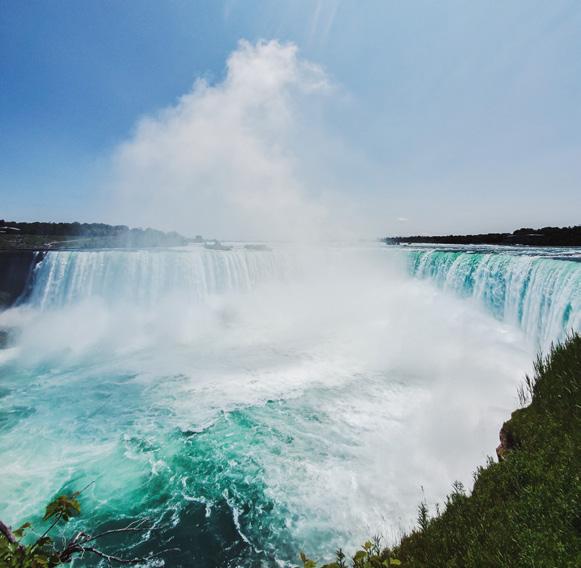
NIAGARA FALLS, NEW YORK
Sitting on the U.S. and Canada border and with the ability to produce over 4 million kW of electricity, Niagara Falls is one of the worlds most popular water wonders. It is reported that approximately 8.8 million people visit the falls each year with some of the more popular summer months attracting close to a million visitors. There is something for everyone who visits the falls and Niagara Falls State Park, which was established in 1885. One can partake in the many jet boat tours available or climb down to the Cave of the Winds hurricane deck (closed during winter), and stay for a LED illumination show at dusk that lights up the falls 365 days a year. And, if you aren’t able to travel any time soon to upstate New York, you can watch a live cam of the falls at niagarafallslive.com any time you want!

THE DEAD SEA, ISRAEL
With the landscape of the Negev Desert in the background, the Dead Sea, known for its health, healing and wellness properties, is actually a natural salt (30% salt) lake between Israel and Jordan. The water of the Dead Sea will glisten blue and green, and the edges are lined with white mineral salt deposits under sunny skies that never change about 330 days of the year. The thick, black mud found on the seabed of the Dead Sea is proven to be good for your skin and a huge attraction for people around the world. It is high in magnesium, sodium, potassium and calcium, which can give you a mud bath better than you could find in many spas. These high levels of salt and magnesium can remove impurities and improve your skin’s functionality by making it a better barrier and more elastic. There are many tours you can take upon your arrival as well as public and private beach entries.
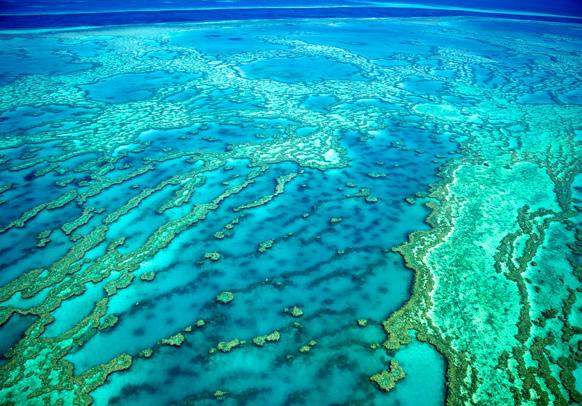
Located in Los Glaciares National Park, Perito Moreno glacier in Argentina Patagonia is one of the must-visits of a lifetime. For anyone who is craving adventure and loves the snow and cold, the glacier offers outstanding photo opportunities and hiking adventures. The glacier itself is about 3 miles wide and gives an amazing show for those who want to watch it from one of the viewing balconies. The glacier is always changing and moving, so you can get a wonderful show of ice falling. You can also go on a guided ice hike, take in the views on a boat ride or even venture out in a kayak for an up-close view. One of the seven wonders of the world, home to 10% of the Earth’s coral reef system and roughly the size of 70 million football fiends, according to the Australian Government website, the Great Barrier reef is the most magical underwater coral reef in the world. The reef sits on the east coast of Queensland, Australia, and while anytime is a good time to visit the gorgeous underwater magic show, the best times to visit are June to October. Today, the Great Barrier Reef is a Marine Park and World Heritage Area that is not only home to the worlds most beautiful coral reefs, but also many plants and animals that haven’t changed for hundreds of years. According to their website, there are “600 types of soft and hard corals, more than 100 species of jellyfish, 3000 varieties of molluscs, 500 species of worms, 1625 types of fish, 133 varieties of sharks and rays, and more than 30 species of whales and dolphins” which makes this a scuba

PERITO MORENO GLACIER, PATAGONIA
diver's paradise.
GRAND PRISMATIC SPRING, WYOMING
This is one body of water that is “for your eyes only.” As the hottest spring in the park, and third hottest spring in the world, the Grand Prismatic Spring in Yellowstone National Park has surface temperatures reaching close to 189 degrees in the center and 130 degrees along the edges. Due to the water that bubbles at the center of the spring from underground chambers according to smithsonianmag.com, the water cannot sustain life, except small organisms, algae and bacteria. It is these living bacteria that give the spring’s its rainbow like color spectrum that is picture worthy no matter what angle you can get it from. For best visibly of the 160 foot deep spring, which has a diameter of roughly 370 feet across, would be to head to Midway Geyser Basin in the park. As gorgeous and appealing as it looks, this spring is NOT to be touched or swam in at any time.
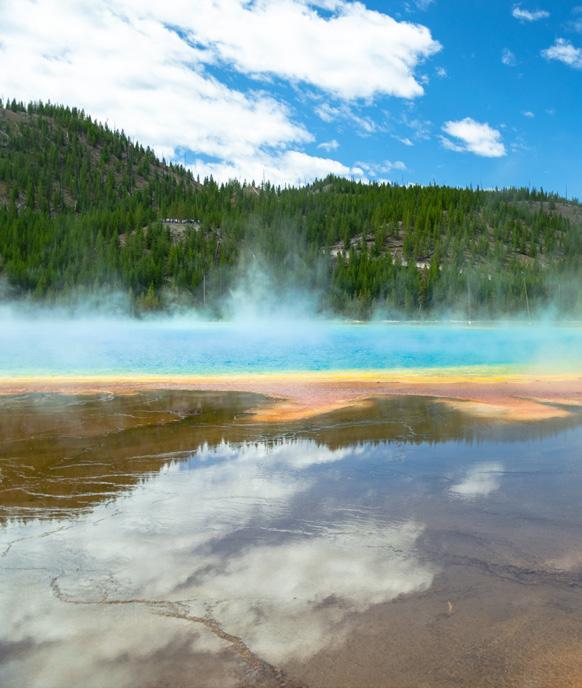
WHITEWATER RAFTING
Living on the great peninsula of Florida can have its challenges (alligators, unpredictable weather, tourists, etc.), but one huge perk is the endless access to water. Beaches, rivers, springs and lakes offer locals and travelers alike a beautiful place to take part in water activities! Some of the most popular water pastimes include paddles — think paddleboarding, kayaking, canoeing, whitewater rafting and rowing. Using your own strength to propel yourself through open water is both great exercise and an exhilarating activity to do with friends. Let’s explore the wide world of paddle sports!
COMPETITIVE ROWING SHELL
How Do I Do It?
When you go whitewater rafting, you find yourself using all parts of your body while you are fighting through rapids! As your arms hold your paddle, you have to engage your core and even use your legs to stabilize yourself in the boat. There is no perfect form when it comes to recreational whitewater rafting; however, the most important thing you have to do is listen to your tour guide at all times and wear your life vest. Your guide will walk you through how to maneuver your paddle and body while you are rafting. Rapids can get very rough and possibly dangerous, so always listen to a professional if you are a beginner! What is the Purpose of the Whitewater Rafting Paddle? Whitewater rafting paddles are used as the “gas pedal, brake pedals, and tires” of the rafting boat, so picking the right one is important, according to Rafting Spot, an online rafting resource. The paddle itself is typically made out of lightweight materials like fiberglass or some sort of plastic. The length of your paddle will depend on your height; the taller you are, the taller your paddle should be. Lastly, the blade of whitewater rafting paddles used at recreational rafting centers are usually teardrop-shaped with a flat bottom. These paddles are easily maneuverable and the most effective for beginner whitewater rafters.


Where Can You Go Whitewater Rafting? Unfortunately, Florida doesn’t have great whitewater rafting opportunities because most of our rivers are relatively flat. However, outside of Florida near the mountains is where most of the action is. Trip Advisor says that the best whitewater rafting in the U.S. can be found in states like Colorado, Tennessee, Georgia and North Carolina!
WHAT IS IT?
Whitewater Rafting is a high-intensity water activity that involves an inflatable boat (raft), a group of people, paddles and whitewater rapids. Whitewater rafting is not very popular in Florida, as the flat nature of Florida doesn’t allow for many rocky rivers and rapids. However, just a few hours above Florida’s border, you can find many whitewater rafting parks near the mountains that are a lot of fun. While whitewater rafting is typically a fun vacation activity for families and summer camps, it is also an Olympic sport!
CANOE
Let's compare:
How does the whitewater raft compare to boats in other paddle sports?
WHITEWATER RAFT PADDLE BOARD KAYAK
Paddle boarding
WHAT IS IT?
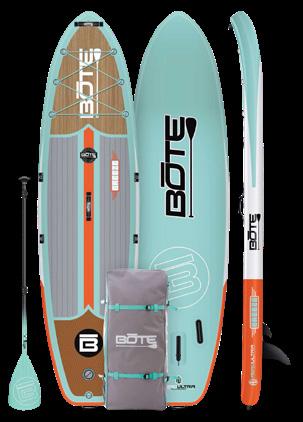

Stand-up Paddleboarding is a water activity that involves a board, a paddle and you! SUP has only become popular over the past 10 years or so, but it was originally started in Hawaii. It is typically described as a cross between canoeing and surfing, according to George Sayour in a LiveAbout. com article. You can enjoy SUP in almost all kinds of water, and if you are a beginner, practicing on calmer waters like lakes or rivers can set you up for a lot of success. The S.U.P. Stance Stand-up paddleboarding is one of the many water activities that actually gives you a full-body workout! When standing on a paddleboard, one of the main challenges is keeping your balance. Without this balance, your board will tip back and forth, and you could end up in the water.
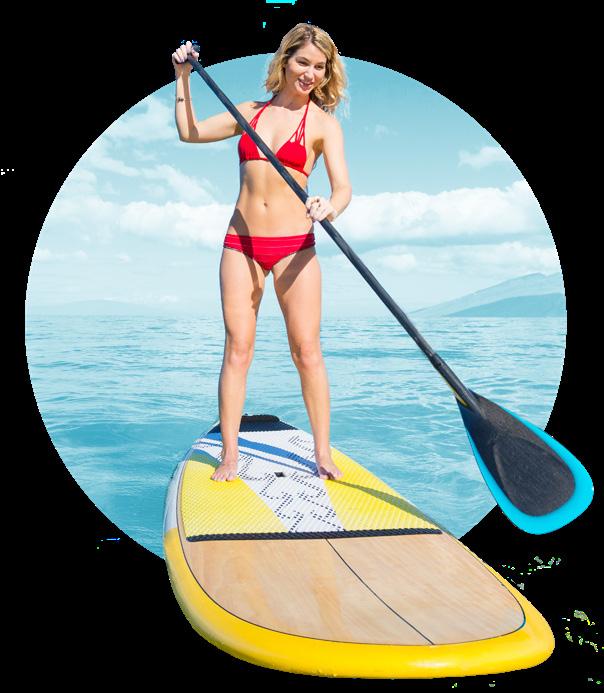
Every time you paddle, switch sides and alternate which hand grips the top of the paddle. Make sure you are not hunching over to get your paddle in the water.
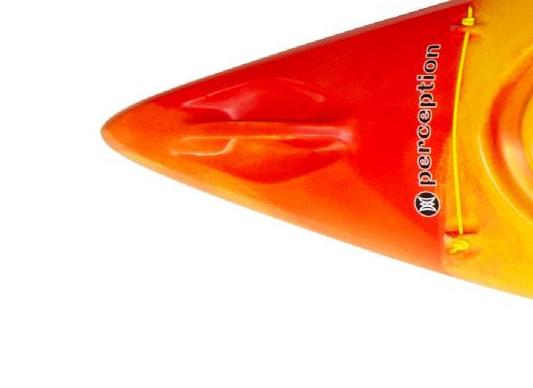
You should be standing up straight with one hand on the end of the paddle and the other hand gripping toward the middle of the shaft.
Ignite your core muscles by squeezing your abs, unlock your knees and keep your glutes engaged.
Paddle with your blade out:
There is a slight bend at the end of the paddle where the blade starts. When you are paddling, the blade should be bent away from you as you paddle through the water. “This allows the blade to slip up out of the water at the end of the stroke as opposed to lifting water,” according to the Eastern Mountain Sports website. Pick the Perfect Paddle The paddle that you use for SUP paddleboarding is typically longer than a canoe paddle and will vary in length depending on your size. Taller and larger people should try a paddle that is longer with a larger blade, and smaller people should use a shorter paddle with a smaller blade. According to Eastern Mountain Sports, you should pick a paddle that is about 8-10 inches taller than you for “cruising,” or leisure paddle boarding. Also, for cruising, a smaller blade is best, as the water resistance is less with a smaller blade and there is less stress on the arms. When you put the paddle in the water, use your arm, shoulder and back muscles to pull it back through the water until the paddle blade is in line with your ankles and then pull up, according to The Clymb’s website. “Think about pulling yourself past your paddle instead of just pulling your paddle through the water.”
Where Can You Paddle Board? SUP is done in all kinds of water. Here in Florida, we have an endless variety of water from springs to lakes to beaches. Some popular local spots include Adventure Outpost and Sante Fe Canoe Outpost in High Springs, FL. If you want to try paddle boarding in the ocean, St. Augustine has many rental opportunities and lessons available for beginners. If you have never paddleboarded before, it is important to take it slow and learn the basics before heading out into choppy ocean waters.
PACK LIGHT Worried about the size of the board and how you will get it to the water? Inflatable boards are easy to bring, set up and store, plus they are just as sturdy as the regular board! Bote Breeze Aero Inflatable Stand-Up Paddle Board, $649.99, dickssportinggoods.com
Perception Swifty Deluxe 9.5 Kayak, $399.99 Dicks Sporting Goods

KAYAKING
All About Your Form Your arms will do most of the work while kayaking, so be prepared to feel some soreness after a long day on the water. You can also put a lot of strain on your back when kayaking, so make sure to practice proper form!
Sit Tall Pick a kayak with a comfortable seat that allows you to sit up straight. Having poor posture in your kayak could lead to lower back pain. Plant your feet on the foot pedals and engage your legs and core to help you sit up straight in a comfortable position.
Knuckles Up According to paddle.com, the way you hold your paddle is important. Hold the paddle up so that the short side of the blades are pointed towards the ground. When you grip the shaft, line up your knuckles up with the top side of the blades. For hand placement, you want to have your hands a comfortable distance apart. “The width of the grip is such that when you put the center of the paddle on your head, you'll have pretty close to a right angle on your arm,” according to paddle.com.
Loose Wrists When rowing, you will alternate paddling on each side of the boat. With flexible wrists (don’t have a tight grip on the paddle), put the blade in the water and pull back with your arms, engaging your biceps, triceps and shoulders.
low angle
Why is the Kayak Paddle So Special?
high angle
Kayak paddles are special because they are double-bladed, meaning there is a tear-drop shaped blade on either end of the paddle shaft. This type of paddle makes it easy to paddle when only one person is in the boat, and it allows you to paddle faster. There are a couple of different types of kayak paddles with different shaped blades. Larger blades, or high-angle blades, are used to give you more power with each stroke. Smaller blades, or low-angle blades, move more easily through the water, making them ideal for recreational kayaking and long days on the river, according to Aqua Bound, an online watersports resource.
WHAT IS IT?
Kayaking is a water activity that people enjoy for leisure and competition. You sit in a small boat that is close to the water with a long paddle or “oar” that is doublebladed for easy paddling on each side of the boat. Typically, kayaks are made to seat one person, but there are two-person and threeperson kayaks to enjoy with friends!
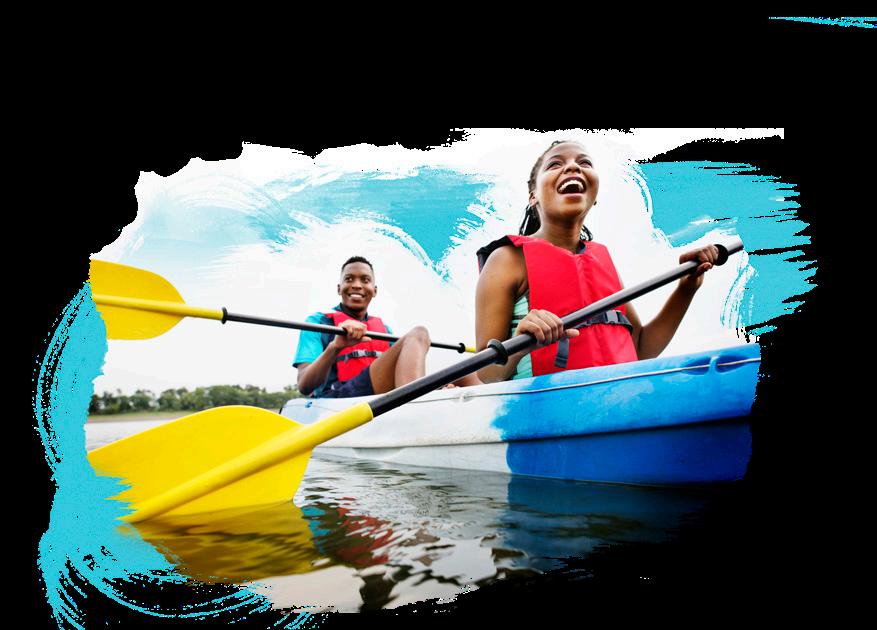
Where Can You Kayak? You can kayak in all kinds of water, but recreational kayaking is typically done in rivers or lakes where the water is relatively calm. Some like to go kayaking in the ocean for touring purposes, but this requires a longer boat to face small waves and choppier water. Whitewater kayaking is the most intense type of kayaking and requires a smaller boat for easy maneuvering around rocks and rapids.
WHAT IS IT?
Rowing is a water sport that involves a long, skinny boat, or shell, that is propelled by a team using paddles, or oars. A rowing shell can hold teams of even numbers from two rowers to eight rowers, depending on the size of the shell. In rowing, each team member has one oar that is anchored to the side of the shell, and the team rows in sync to propel the shell forward very quickly. The seats in the shell that the rowers sit on face the back of the shell and move forward and backward as the rowers thrust their body back to get more power in their rowing.
ROWING
The Proper Rowing Form Rowing is a high-intensity sport that works your body from head to toe. You use your arms to maneuver the oars with your team, working all arm, shoulder and back muscles. When it comes to your core, you have to keep your core engaged with each row as you thrust your body back and forth. Lastly, your lower body is constantly working as you push through your legs with each stroke to add more power to each row. Most of the power in each stroke comes from the strength of the legs, according to riversportokc.org.
No Slouching Sit up straight with your legs bent in front of you and grip the oar with both hands.
Keep in Time In rhythm with your team, push your oar behind you into the water and push through your legs as your arms pull the oar through the water. Keep your core and back engaged the whole time.

Let it Slide When you have made a full stroke, pull your oar out of the water, let your seat slide forward as you bend your legs, push the oar behind you and repeat the stroke, all while remaining in sync with your teammates. It's all in the Paddle

For rowing, the paddles that rowers use are actually called “oars” because they are fixed to the side of the rowing shell. This causes the oars to not move around as rowers are completing their strokes. Also, rowing oars are very long at about 9.5 feet long, and they are typically made from carbon fiber, a very lightweight material, according to riversportokc.org. The “cleaver” or “hatchet” style blade is the most popular among sport rowing, as the asymmetric design and large surface area make it the most effective style of blade to propel the shell faster through the water.
HISTORY Rowing can be traced back to ancient Egypt as a means of transportation, according to the Encyclopaedia Britannica. And, in the 19th century, it emerged as a club and sport in the United States. Now, people can participate in rowing at schools and local clubs all around the world, and no, you do not have to be a rowing athlete to try rowing! Where Can You Go Rowing? Because rowing requires a lot of special, expensive equipment and a team, it is typically not done recreationally for beginners. However, there are local clubs like Gainesville Area Rowing that allow beginners of all ages to get out and row with a coach and a team. To learn more about how to get involved with Gainesville Area Rowing, visit their website at
gainesvillearearowing.com
Check out our July/August 2020 Spotlight360: Chris Tippin, coach of UF Rowing page 63
CANOEING
OTTERTAIL


BEAVERTAIL

SQUARE TIP
The Paddle
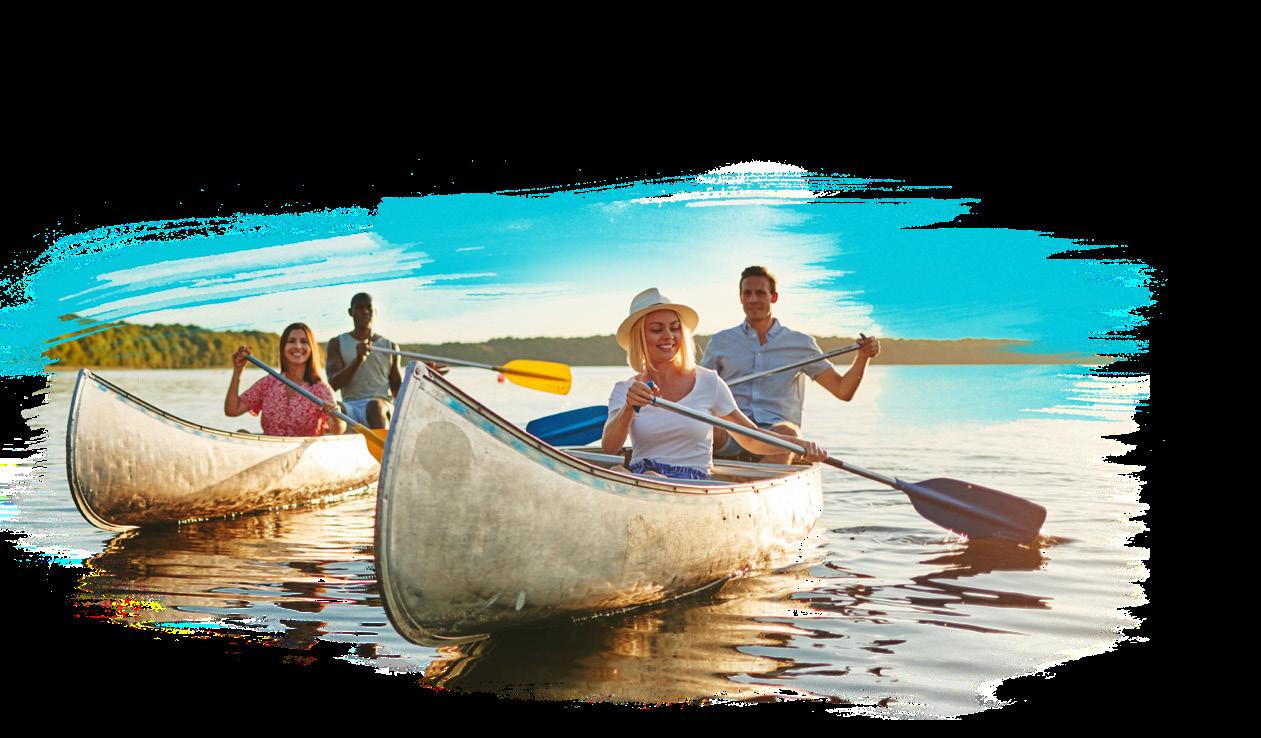
The most popular type of canoe paddle is the “ottertail” paddle. It gets its name from the ottertail-shaped blade at the end of the paddle. This symmetrical shape is easy to pull through the water, making it the perfect paddle for recreational use, according to Fishell Paddles' website, an online paddle retailer. Other paddle blade shapes include the beavertail blade, which is another great option for recreational use, and the square tip blade, which is commonly used for canoe racing.
How Do You Canoe? Like kayaking, canoeing is a great workout for all the muscles in your arms, and you can build up great core and back strength while canoeing. Because a canoe is higher off the water, it requires a larger range of motion from your upper body to be able to paddle. When you are canoeing, it can be easy to wear out your back or even experience some back pain after a long day, so make sure you are practicing proper form. 1
2
3
Sit up straight in your canoe instead of hunching over while paddling. This will protect your lower back and make it easier to rotate your torso while paddling.
Hold your paddle with two hands, one hand at the top of the shaft and one hand half way down the shaft. When you paddle, pull the blade of the paddle through the water using your arms and rotating your torso. This move will engage your arms and your core.
If you are canoeing with a friend, you will both alternate which side of the boat you paddle on. If you are going straight, one person should be paddling on the right side of the boat and one should be paddling on the left. You can alternate between side when one arm starts to get more tired than the other.
Where Can You Canoe? Recreational canoeing is typically done on lakes or rivers where the water is relatively calm and easy to manage. Because canoes are bigger boats, getting them through choppy or rough water can be a challenge and should only be done by seasoned canoers. Locally, there are multiple rivers and lakes where you can rent a canoe and enjoy the water. One of the most popular rivers to canoe down is the Sante Fe River, and you can visit the Adventure Outpost in High Springs to rent a canoe for you and your friends for the day!
WHAT IS IT?
Canoeing is a water activity that uses paddles and a long, roomy boat. Because canoes are long and wide, they can fit two to three people in them, making canoeing a fun group activity. Canoes have been used for centuries for fishing, transportation, sport and leisure, and not much about the design of a canoe has changed over the years. Because a canoe is bigger and has more room, it is easier to get in and out of, making it a great beginner paddling activity. And, because a canoe sits higher on the water, you have a better view of the scenery around you and water beneath you.










